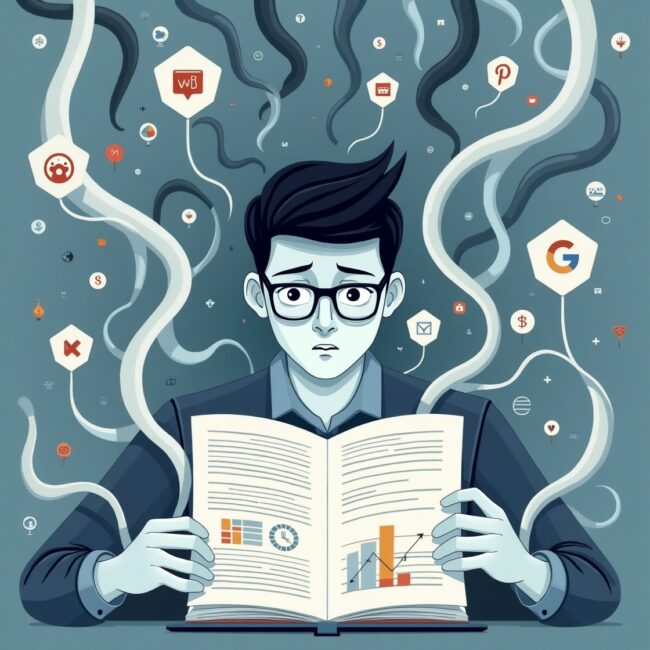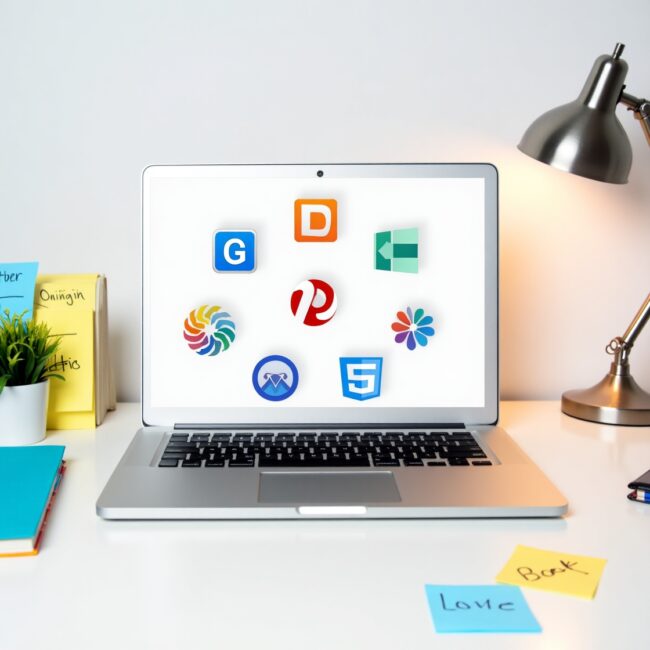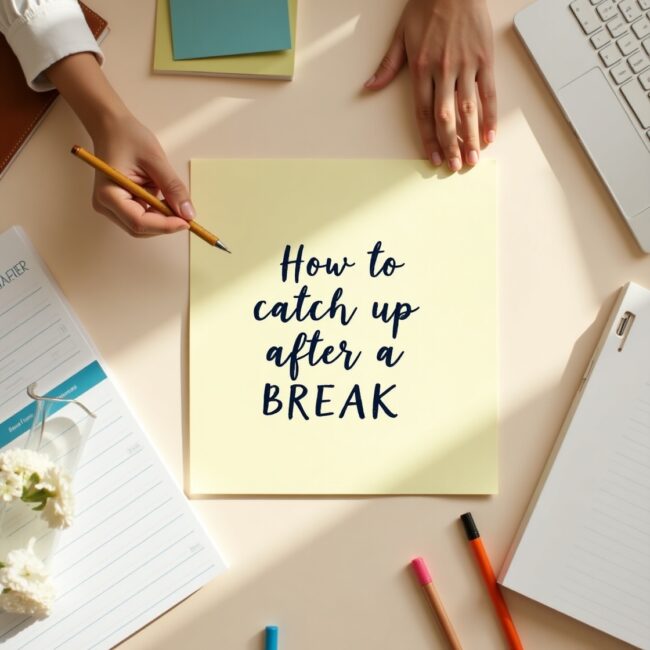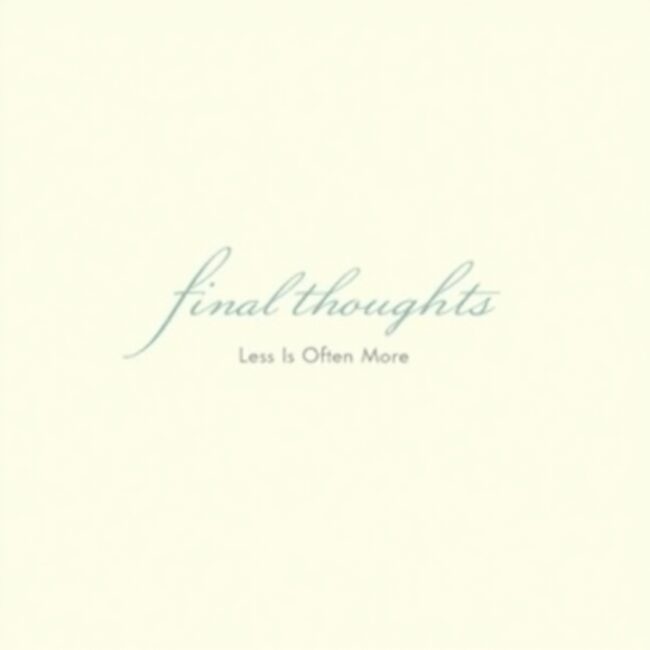Easy Ways to Stay Updated Without Feeling Overwhelmed In today’s hyper-connected world, information is always at our fingertips. News alerts,

Easy Ways to Stay Updated Without Feeling Overwhelmed
In today’s hyper-connected world, information is always at our fingertips. News alerts, social media feeds, newsletters, and endless content make it incredibly easy to stay informed — but just as easy to feel overwhelmed. The “fear of missing out” on important updates can cause anxiety and burnout. So how can we strike the balance? This guide explores easy, practical ways to stay updated without losing your mental clarity or peace
1. Introduction
We live in an age where the line between staying informed and being bombarded is razor-thin. From morning until night, we are met with push notifications, endless social media scrolls, news apps, YouTube updates, email subscriptions, and trending hashtags. Information has never been more abundant—or more exhausting.
But being informed doesn’t have to come at the expense of your mental health. You can choose how, when, and what to consume. This article is about embracing a healthier, more strategic approach to staying updated.

2. Why We Feel Overwhelmed by Information
The average person receives 74 GB of information daily—about the same as watching 16 movies! Most of this comes from screens: smartphones, computers, and TVs. The problem isn’t just the volume but the velocity. News is breaking every second, and with 24/7 global updates, there’s no “off” switch.
Here are key reasons we feel overwhelmed:
- Information overload: Too much content, too little time.
- Lack of filtering: We don’t prioritize what’s important.
- Fear of missing out (FOMO): We feel we must know everything.
- Decision fatigue: Constantly deciding what to read, skip, or engage with.
- Doomscrolling: Consuming bad news continuously.
Understanding these stressors is the first step to managing them.

3. The Psychology of Information Overload
Cognitive scientists describe our brain as having a “working memory” — like a notepad for processing daily input. This notepad gets cluttered fast. When overloaded:
- Productivity drops.
- Anxiety rises.
- Focus deteriorates.
- Sleep suffers.
The Zeigarnik Effect — our brain’s tendency to fixate on incomplete or unresolved tasks — worsens the cycle. Seeing unread headlines or missed notifications keeps our brain in a constant state of low-level stress.
Key Insight: Consuming less but doing so deliberately is the antidote to cognitive overload.

4. Principles of Intentional Consumption
Intentional consumption means consciously choosing what, how, and when you consume information. The goal is quality over quantity.
Here are guiding principles:
- Be selective: Choose trusted, high-value sources.
- Be present: Engage fully with one source at a time.
- Be scheduled: Don’t check updates impulsively.
- Be reflective: Ask: Is this helping or draining me?

5. Strategies to Stay Informed Without Stress
Curate Your Sources
The first step is cutting the noise.
- Unfollow accounts or unsubscribe from newsletters that don’t serve you.
- Choose 2–3 reliable news outlets.
- Use aggregators (like Google News or Flipboard) that tailor content to your interests.
Tip: Less variety = more clarity.
Use Technology Wisely
Ironically, the very tech that overwhelms us can also help.
- Use RSS feeds or tools like Feedly to centralize updates.
- Install content blockers or app timers (e.g., Freedom, Forest).
- Use distraction-free browsers or reading modes.
Time-Block Your Updates
Instead of grazing all day, batch your information intake.
- Allocate 15–30 minutes in the morning and evening for news.
- Avoid checking updates during peak productivity hours.
- Use timers to prevent rabbit holes.
Example: 8:00–8:20 AM and 6:30–6:45 PM—news and updates only.
Limit Notifications
Notifications fracture attention. Reduce them.
- Turn off non-essential push notifications.
- Keep your phone on Do Not Disturb during focus hours.
- Group notifications to appear at set times.
Use Email and Newsletters Strategically
Email can be a goldmine—if managed well.
- Create a “Newsletters” folder.
- Use services like Substack or Refind for high-quality insights.
- Limit newsletters to 3–5 that truly add value.
Lean Into Podcasts and Audio
Audio allows passive learning without screen fatigue.
- Listen to daily news briefings during commutes or chores.
- Use apps like Pocket, Curio, or Audm to convert articles into audio.
- Subscribe to 1–2 weekly industry-specific podcasts.
Practice “Information Fasting”
Just as intermittent fasting improves health, media fasting helps mental clarity.
- Take one day a week off news and social media.
- Try a 24-hour detox once a month.
- Replace screen time with walks, books, or analog hobbies.
Result: Reboot your brain and reduce digital anxiety.

6. Tools and Apps That Help
Here’s a curated list of tools that support mindful consumption:
- Feedly – Curate and organize feeds.
- Pocket – Save and listen to articles later.
- Flipboard – Personalized news aggregator.
- Notion or Obsidian – Store and reflect on what you’ve learned.
- Instapaper – Distraction-free reading.
- Freedom – Block distracting sites temporarily.
- Inbox Pause (Boomerang) – Control when emails arrive.

7. Building a Sustainable Daily Information Diet
Think of your content intake like a diet: balance, moderation, and nutrition matter.
A sample daily info-diet:
- Morning: 10-minute podcast or headline digest.
- Midday: Industry newsletter or blog article (optional).
- Evening: Longer-form content (podcast, documentary, book).
- All day: No alerts, no doomscrolling.
Keep it flexible. The point is structure, not rigidity.

8. Mindfulness and Media
Mindfulness helps you consume consciously instead of compulsively.
Practices to integrate:
- Pause before clicking: Ask yourself if it’s worth your time.
- One tab rule: Engage with one article at a time.
- Mindful scrolling: Use time limits and intention.
- Reflect: Write a quick summary or insight after reading.
A 30-second pause before reacting to a headline can prevent emotional spirals.

9. How to Catch Up After a Break
Whether you’ve been on vacation, sick, or just unplugged—returning to news doesn’t have to be stressful.
- Don’t try to read everything you missed.
- Look for “What You Missed” summaries.
- Ask AI tools (like me!) or use weekly digests.
- Focus on trends and analysis, not minute-by-minute updates.
Remember: If it’s important, it’ll resurface.

10. Final Thoughts: Less Is Often More
Staying updated is important—but not at the cost of your wellbeing. The aim isn’t to know everything, but to know enough—enough to be informed, confident, and capable without being overwhelmed.
Here’s what we covered:
- Choose quality over quantity.
- Build mindful habits.
- Use tools to simplify, not complicate.
- Take breaks—guilt-free.
- Trust that the essentials will reach you.
In an era of endless updates, clarity is a superpower. Choose your sources. Design your routine. And take back control of your attention.




COMMENTS